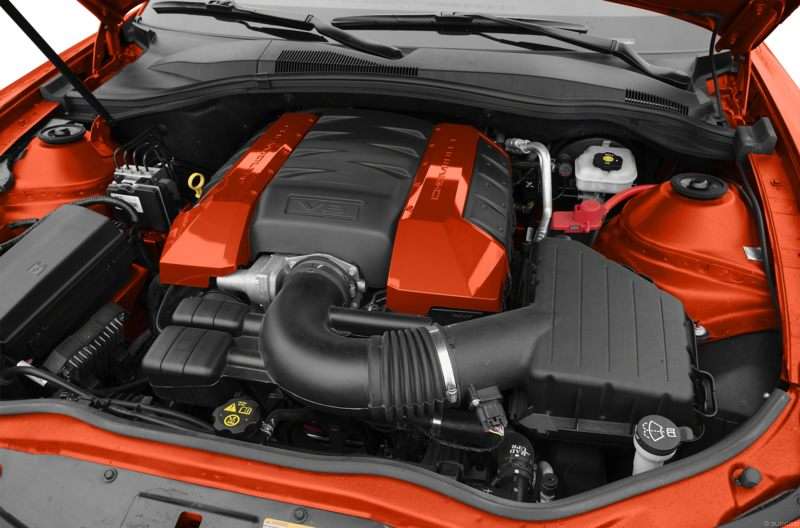Recent Articles
Popular Makes
Body Types
What is Engine Cylinder Deactivation?

Everyone is scrambling to find answers to the high fuel costs. One answer is engine cylinder deactivation.
Engine cylinder deactivation is a method used to reduce the fuel consumption and engine emissions when driving during a light load operation. Cylinder deactivation allows the driver to have the power when needed in an on-demand system of a large engine but paired with the better fuel economy of a small car.
To understand how this works, consider when you are cruising down the highway at a set speed. You don’t need extra power for climbing big hills or rough terrain. Even though you don’t need that power, the engine is still eating up that expensive fuel. The V6 or V8 provides power and requires fuel to do so – regardless if this power is needed or not. This is where the cylinder deactivation comes in.
This simple technology allows the engine to run on only three or four cylinders instead of the six or eight it currently uses.
Page 2
In a typical driving scenario, you only use close to 30 percent of the power available. When driving like this, the throttle valve is almost closed and it’s hard for the engine to pull in sufficient air. This creates what’s called ‘pumping loss.’ By using the cylinder deactivation method, the throttle valve can be opened further but with the same power output. This lowers the pumping loss and will increase the pressure in each of the cylinders.
This system has been under development for years, unsuccessfully. However, with the advancement of central processing unit chips, displacement on demand is workable. To have this happen successfully, there are sensors that tell the engine to shut down half of its cylinders (this is where the three OR four cylinders comes in) which then reduces the amount of fuel being consumed.
Simply, cylinder deactivation keeps the intake and exhaust valves closed through all cycles for a specific set of cylinders. When the valves are forced to stay closed, an air ‘spring’ is created inside the deactivated cylinders. The trapped gasses are compressed with the pistons upstroke and decompressed with the pistons down stroke. Once deactivated, the cylinders become out of sync – so some travel up while others travel down which in effect equalize their motion. These pistons don’t contribute or hurt the system.
The fuel heading to these deactivated cylinders is cut-off electronically. This disables the fuel injection nozzles. Because of the advancement in electronic control systems, hydraulic valve lifters, exhaust tuning, and engine improvements, the shift from operating to deactivated and back to operational again is smooth. There are subtle changes in ignition, camshaft timing and throttle position when going from efficiency mode to full power but you won’t notice them when driving. It’s difficult to argue with the result - power and maximum fuel efficiency.
The fuel savings run approximately 5 to 7 percent. Fuel consumption can be improved by around 20 percent in highway conditions. This equates to a decent savings, enough to make a difference to the pocketbook and to the massive US dependency on foreign oil.
This technology has quickly grown in popularity. Honda has its own system for certain V6 powered Odysseys, Accords, and Pilots. For GM, they are on the V6 engines of the Chevrolet Uplander and Impala.